Home>Furniture & Design>Bathroom Accessories>What Causes Black Stains In A Bathtub?
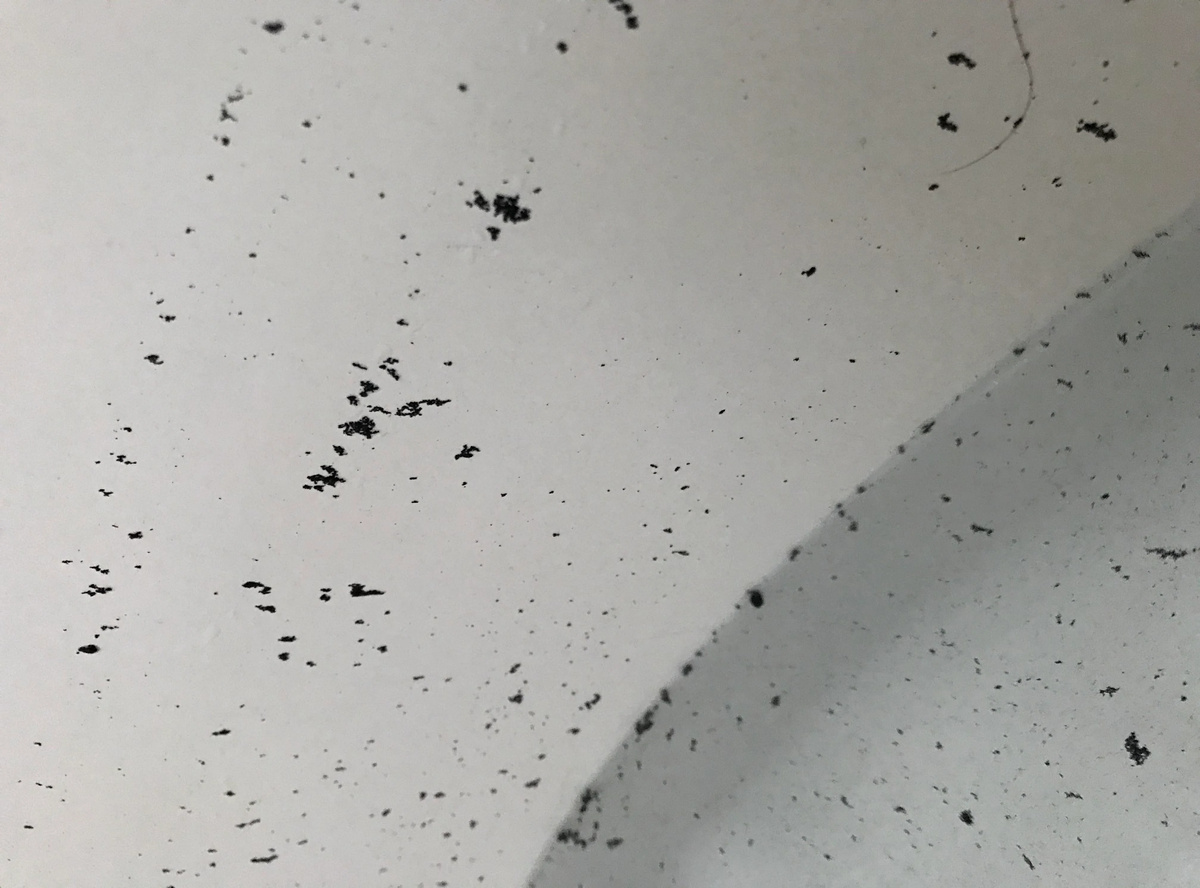

Bathroom Accessories
What Causes Black Stains In A Bathtub?
Published: February 20, 2024
Discover the common causes of black stains in your bathtub and how to prevent them with the right bathroom accessories. Keep your bathroom looking clean and fresh.
(Many of the links in this article redirect to a specific reviewed product. Your purchase of these products through affiliate links helps to generate commission for Storables.com, at no extra cost. Learn more)
Hard Water
Hard water is a common culprit behind the formation of stubborn black stains in bathtubs. This issue arises due to the high mineral content present in hard water, particularly calcium and magnesium. When hard water is used for bathing or washing, it leaves behind mineral deposits on the surfaces it comes into contact with, including the bathtub.
The mineral deposits can accumulate over time, forming unsightly black stains that are challenging to remove. These stains not only detract from the appearance of the bathtub but also create a breeding ground for bacteria and mold, posing potential health hazards.
The presence of hard water stains in a bathtub is often a source of frustration for homeowners. Despite regular cleaning efforts, these stains can persist, leading to a constant battle against their reappearance.
To effectively address hard water stains, it is essential to understand the nature of the problem. The mineral deposits adhere to the bathtub surface, requiring targeted cleaning methods to dissolve and remove them. Additionally, preventing the buildup of hard water stains involves addressing the root cause, which is the mineral content in the water supply.
Implementing water softening solutions can help mitigate the impact of hard water on bathtubs and other fixtures. Water softeners work by reducing the concentration of minerals in the water, thereby minimizing the formation of stubborn stains. By investing in a water softening system, homeowners can not only improve the longevity of their bathtubs but also enhance the overall quality of their water supply.
In addition to water softening, regular maintenance and cleaning are crucial for managing hard water stains. Utilizing cleaning products specifically formulated to target mineral deposits can aid in effectively removing existing stains and preventing their recurrence. Furthermore, incorporating preventive measures, such as wiping down the bathtub after each use and promptly addressing any signs of mineral buildup, can contribute to maintaining a clean and stain-free bathtub.
Understanding the impact of hard water on bathtub stains empowers homeowners to take proactive steps in addressing this common issue. By combining targeted cleaning approaches with long-term solutions such as water softening, individuals can effectively combat the persistent black stains caused by hard water, ensuring a pristine and inviting bathing environment.
Key Takeaways:
- Say goodbye to black bathtub stains by using water softeners to reduce mineral buildup and targeted cleaning products to remove existing stains. Preventive measures like wiping down the tub can keep it looking pristine.
- Combat black bathtub stains by addressing mold and mildew with proper ventilation and targeted cleaning products. Regular maintenance and prompt cleaning can prevent the recurrence of these stubborn stains.
Read more: What Causes Pink Stains In A Bathtub
Mold and Mildew
Mold and mildew are notorious for thriving in damp environments, making bathtubs an ideal breeding ground for these unsightly and potentially harmful substances. The presence of mold and mildew in a bathtub often manifests as black stains, which can be particularly stubborn and challenging to eradicate.
The development of mold and mildew in a bathtub is typically attributed to the accumulation of moisture and organic matter. When moisture lingers in the bathroom, especially in areas surrounding the bathtub, it creates a conducive environment for mold spores to take root and proliferate. Additionally, the presence of soap scum and other organic residues provides a food source for mold and mildew, further fueling their growth.
Addressing mold and mildew stains in a bathtub requires a multifaceted approach that encompasses both cleaning and prevention. To effectively eliminate existing stains, it is essential to utilize cleaning products specifically formulated to target mold and mildew. These products often contain powerful antimicrobial agents that not only remove the visible stains but also inhibit the regrowth of mold and mildew.
In addition to targeted cleaning, preventive measures play a crucial role in managing mold and mildew in bathtubs. Proper ventilation is key to reducing moisture buildup in the bathroom, thereby creating an environment less conducive to mold and mildew growth. Installing and utilizing exhaust fans can help expel excess moisture, promoting a drier and less hospitable atmosphere for mold and mildew.
Furthermore, regular maintenance and cleaning routines are essential for preventing the recurrence of mold and mildew stains. Promptly addressing any signs of mold or mildew growth, such as discoloration or musty odors, can prevent the issue from escalating and spreading to other areas of the bathroom. Implementing a consistent cleaning schedule, which includes thorough drying of the bathtub after each use, can significantly reduce the risk of mold and mildew formation.
By understanding the factors contributing to mold and mildew stains in bathtubs and implementing proactive measures to address them, homeowners can effectively combat this common issue. Through a combination of targeted cleaning, preventive maintenance, and moisture management, individuals can maintain a clean and hygienic bathtub environment, free from the persistent black stains associated with mold and mildew.
Soap Scum
Soap scum is a prevalent and persistent issue that plagues many bathtubs, often leading to the formation of unsightly black stains. This phenomenon occurs as a result of the interaction between soap, hard water, and body oils during bathing. When soap comes into contact with water, it undergoes a chemical reaction, resulting in the formation of soap scum. Over time, this residue accumulates on the surfaces of bathtubs, creating a breeding ground for bacteria and contributing to the development of stubborn black stains.
The composition of soap scum consists of various components, including fatty acids, minerals, and impurities from the water supply. As the soap scum builds up on the bathtub surface, it can become increasingly challenging to remove, requiring targeted cleaning methods to effectively address the issue. The presence of soap scum not only detracts from the visual appeal of the bathtub but also poses hygiene concerns, as it can harbor bacteria and contribute to unpleasant odors.
To combat soap scum and prevent the formation of black stains in bathtubs, it is essential to implement proactive cleaning and maintenance practices. Utilizing cleaning products specifically formulated to dissolve and remove soap scum can aid in effectively tackling existing stains. These products often contain ingredients that break down the components of soap scum, facilitating its removal and restoring the bathtub surface to its pristine condition.
In addition to targeted cleaning, preventive measures play a crucial role in managing soap scum. Implementing regular cleaning routines and promptly addressing any signs of soap scum buildup can prevent the issue from escalating and becoming more challenging to tackle. Furthermore, incorporating long-term solutions, such as the use of water softeners to minimize the impact of hard water on soap scum formation, can contribute to maintaining a clean and stain-free bathtub.
By understanding the nature of soap scum and its role in the development of black stains in bathtubs, homeowners can take proactive steps to address this common issue. Through a combination of effective cleaning, preventive maintenance, and water quality management, individuals can maintain a pristine and inviting bathing environment, free from the persistent black stains associated with soap scum.
To prevent black stains in a bathtub, regularly clean and dry the surface to prevent mold and mildew growth. Use a bathroom cleaner with bleach to remove existing stains.
Aging Plumbing
Aging plumbing systems can significantly contribute to the occurrence of black stains in bathtubs, presenting homeowners with a distinct set of challenges. As plumbing fixtures and components age, they are susceptible to deterioration, corrosion, and mineral buildup, all of which can impact the quality of the water flowing through them. These factors can directly influence the appearance and cleanliness of bathtubs, often leading to the formation of stubborn black stains that are difficult to eradicate.
One of the primary issues associated with aging plumbing is the accumulation of mineral deposits within the pipes and fixtures. Over time, minerals present in the water supply can precipitate and adhere to the interior surfaces of the plumbing system, including the pipes leading to the bathtub. This buildup can restrict water flow, alter the chemical composition of the water, and contribute to the presence of hard water, all of which can result in the formation of persistent black stains in the bathtub.
Furthermore, aging plumbing components, such as deteriorating seals, gaskets, and fittings, can lead to water leaks and seepage. These leaks not only contribute to moisture accumulation in the vicinity of the bathtub but also create an environment conducive to mold and mildew growth. As a result, the presence of black stains in the bathtub may be indicative of underlying plumbing issues that require attention and remediation.
Addressing the impact of aging plumbing on bathtub stains necessitates a comprehensive approach that encompasses both plumbing maintenance and targeted cleaning. Regular inspection and maintenance of the plumbing system can help identify and address potential sources of mineral buildup and leaks, thereby mitigating their impact on the bathtub's cleanliness. Additionally, implementing water softening solutions and filtration systems can aid in minimizing the effects of aging plumbing on water quality, reducing the likelihood of black stains in the bathtub.
In conjunction with plumbing maintenance, proactive cleaning and stain removal strategies are essential for managing the impact of aging plumbing on bathtub stains. Utilizing cleaning products designed to dissolve mineral deposits and combat mold and mildew can aid in addressing existing stains, restoring the bathtub's appearance. Moreover, incorporating preventive measures, such as promptly addressing leaks and ensuring proper ventilation to minimize moisture accumulation, can contribute to maintaining a clean and stain-free bathtub environment.
By recognizing the influence of aging plumbing on the formation of black stains in bathtubs and implementing proactive measures to address it, homeowners can effectively manage this common issue. Through a combination of plumbing maintenance, water quality management, and targeted cleaning, individuals can preserve the cleanliness and visual appeal of their bathtubs, ensuring a welcoming and hygienic bathing space.
Chemical Reactions
Chemical reactions play a significant role in the formation of black stains in bathtubs, presenting a complex interplay of substances and environmental factors. The interaction between various compounds, including those present in cleaning products, water, and organic residues, can contribute to the development of stubborn black stains that detract from the visual appeal of the bathtub.
One of the primary contributors to black stains resulting from chemical reactions is the use of certain cleaning products. When incompatible or harsh chemicals come into contact with the bathtub surface, they can initiate chemical reactions that lead to discoloration and staining. For instance, the presence of bleach or ammonia-based cleaners, when combined with residues from soap, body oils, or hard water minerals, can result in the formation of persistent black stains. These chemical interactions can alter the composition of the bathtub surface, making it more susceptible to staining and discoloration over time.
Furthermore, the chemical composition of the water supply can influence the occurrence of black stains in bathtubs. Water containing high levels of minerals, such as calcium and magnesium, can undergo chemical reactions with soap residues and cleaning products, leading to the formation of mineral deposits and stains. Additionally, the presence of impurities and contaminants in the water can contribute to discoloration and staining, further exacerbating the issue.
Organic residues, including body oils, skin cells, and soap scum, also play a role in chemical reactions that result in black stains. When these organic substances come into contact with cleaning products or hard water, they can undergo chemical changes that contribute to the formation of persistent stains. The accumulation of organic residues on the bathtub surface provides a substrate for chemical interactions, ultimately leading to the development of unsightly black stains that are challenging to remove.
Addressing the impact of chemical reactions on bathtub stains requires a multifaceted approach that encompasses both cleaning practices and water quality management. Utilizing cleaning products specifically formulated to target the substances contributing to black stains can aid in effectively removing existing stains and preventing their recurrence. Moreover, implementing water softening solutions and filtration systems can help mitigate the effects of mineral-rich water on bathtub surfaces, reducing the likelihood of staining resulting from chemical reactions.
By understanding the role of chemical reactions in the formation of black stains in bathtubs and implementing proactive measures to address them, homeowners can effectively manage this common issue. Through a combination of targeted cleaning, water quality management, and preventive maintenance, individuals can maintain a clean and stain-free bathtub, ensuring a welcoming and hygienic bathing space.
Frequently Asked Questions about What Causes Black Stains In A Bathtub?
Was this page helpful?
At Storables.com, we guarantee accurate and reliable information. Our content, validated by Expert Board Contributors, is crafted following stringent Editorial Policies. We're committed to providing you with well-researched, expert-backed insights for all your informational needs.
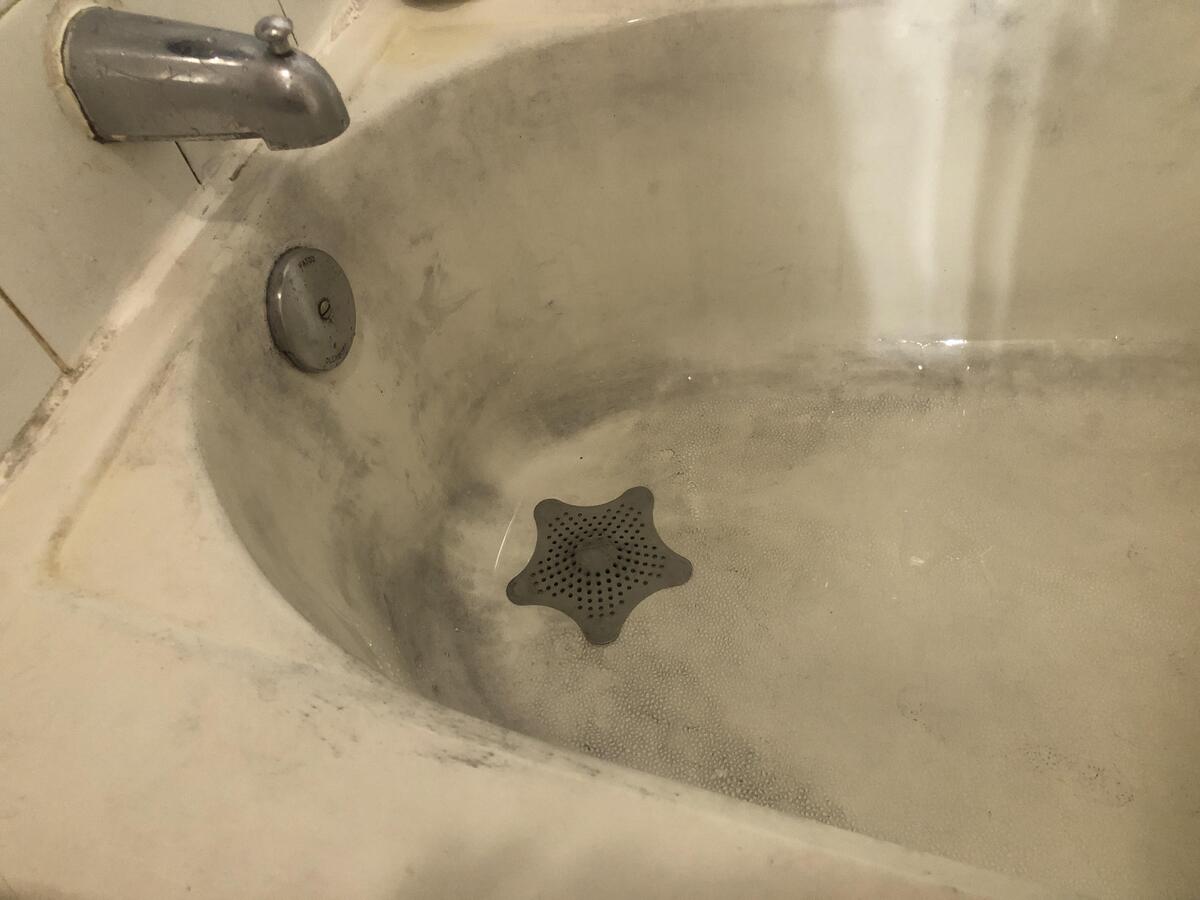
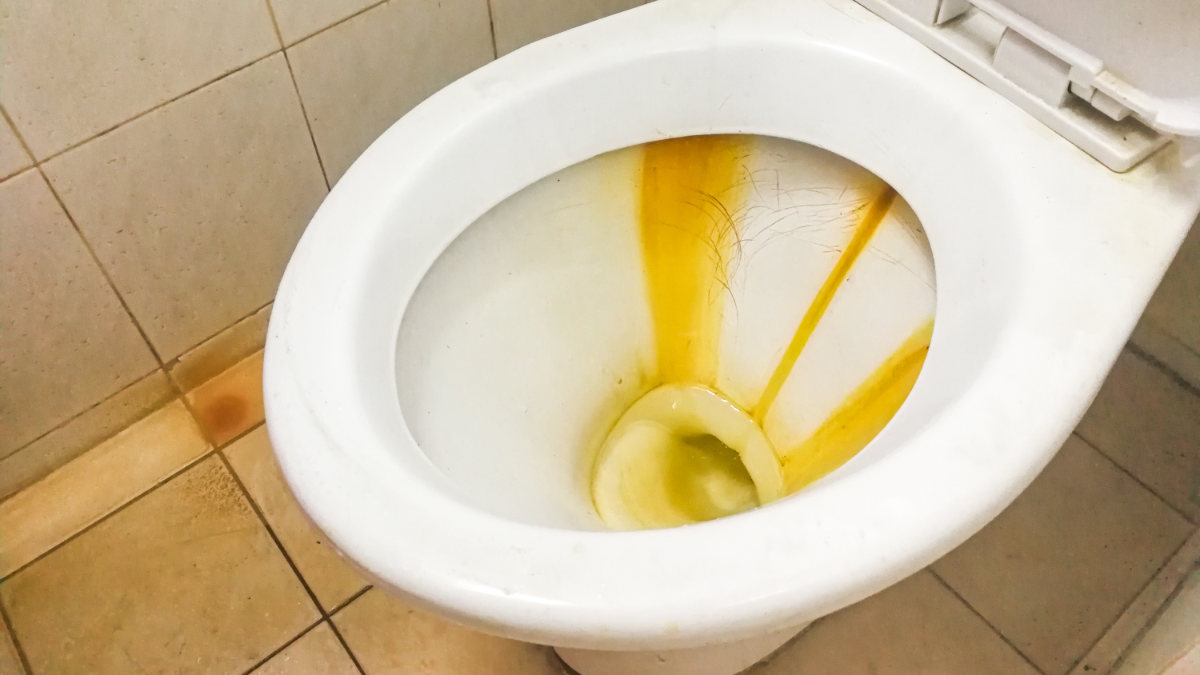
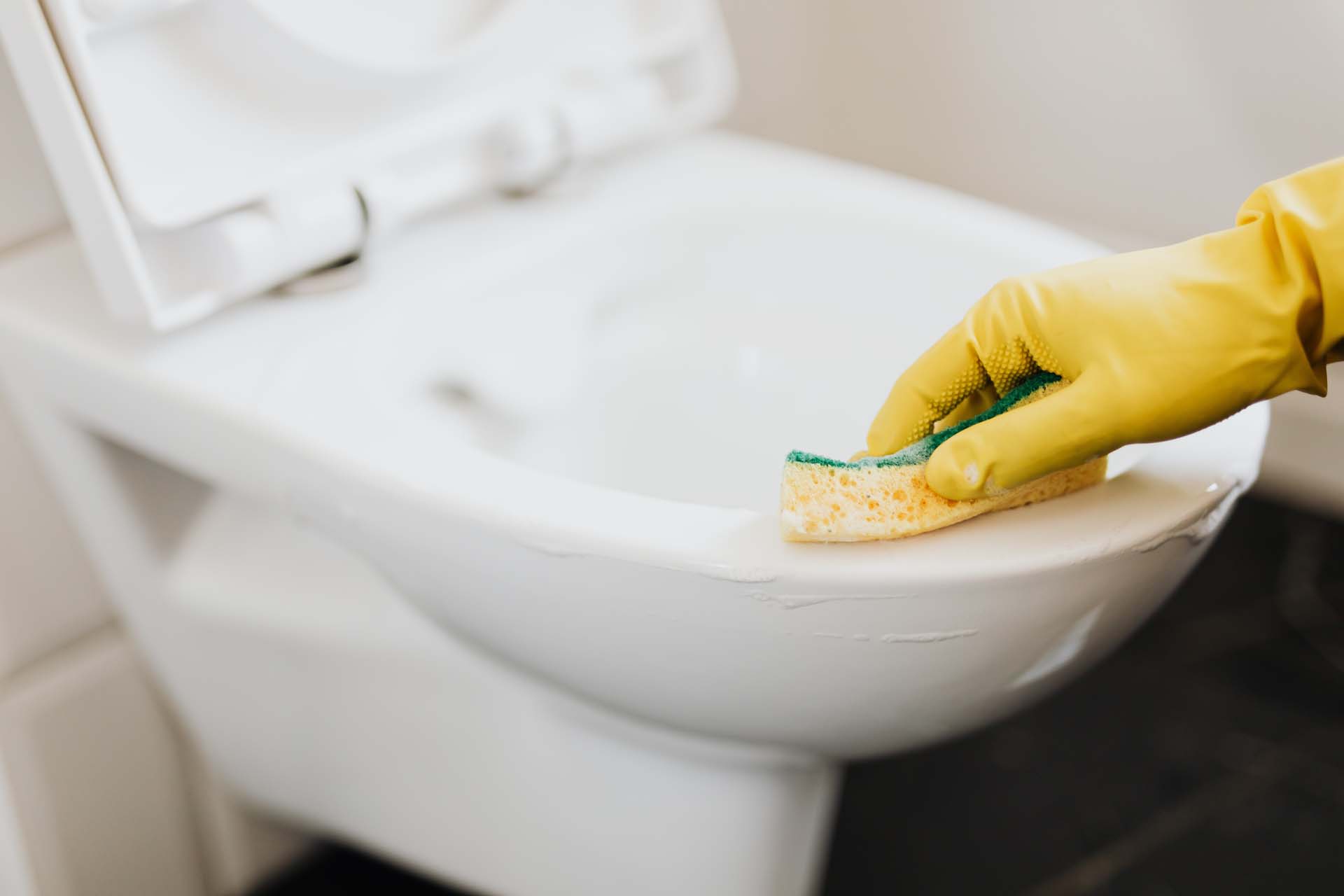
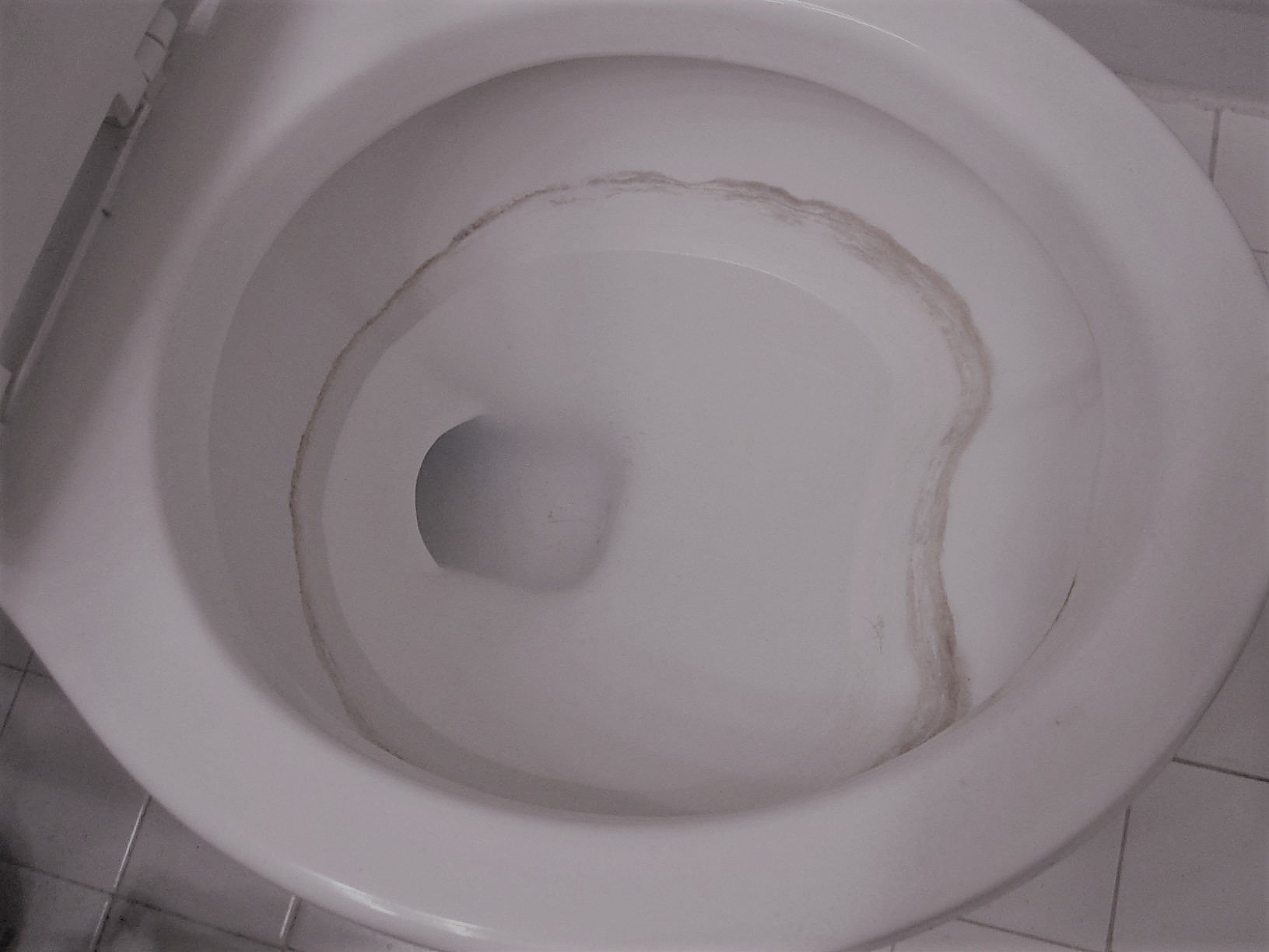
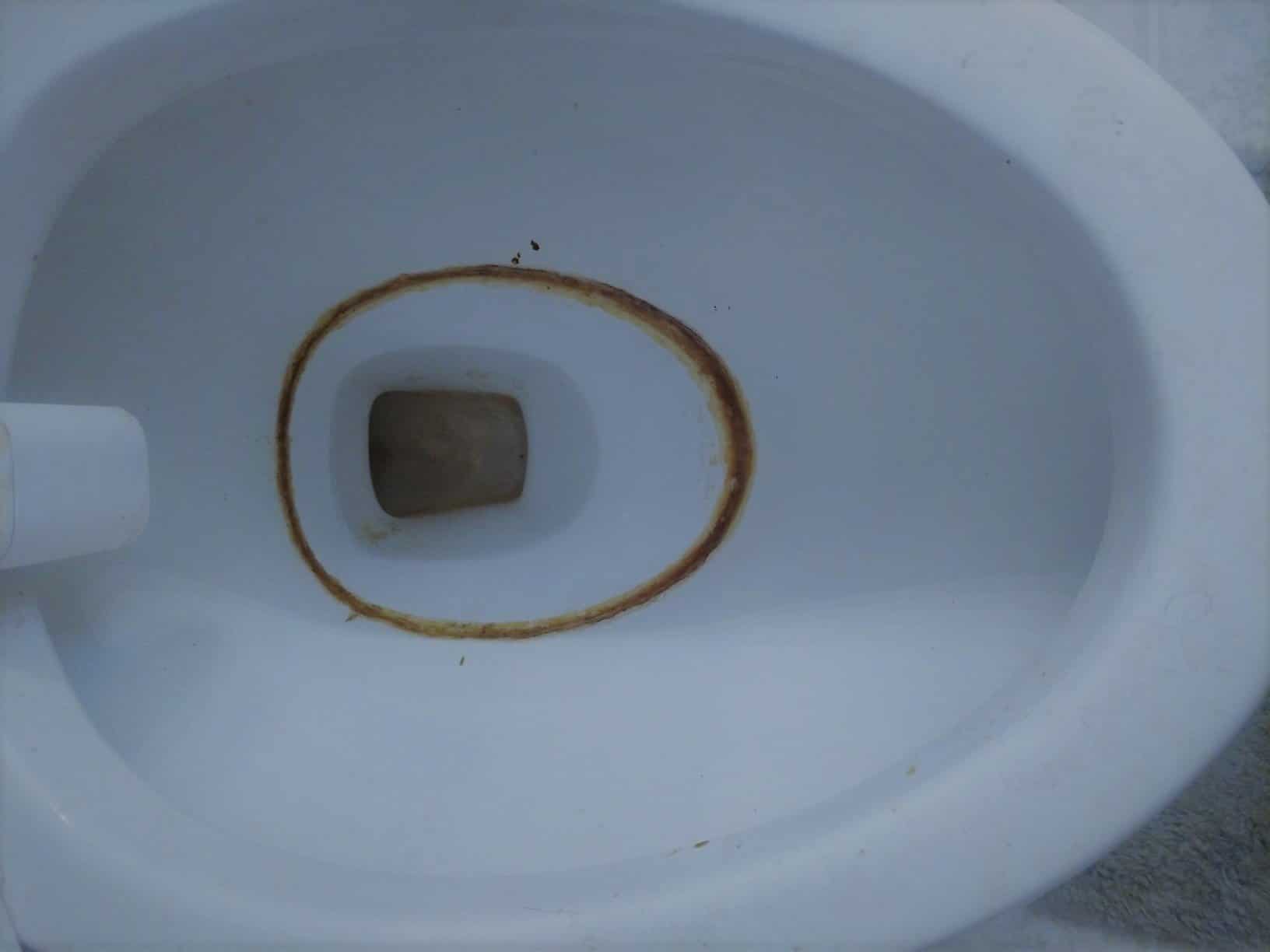
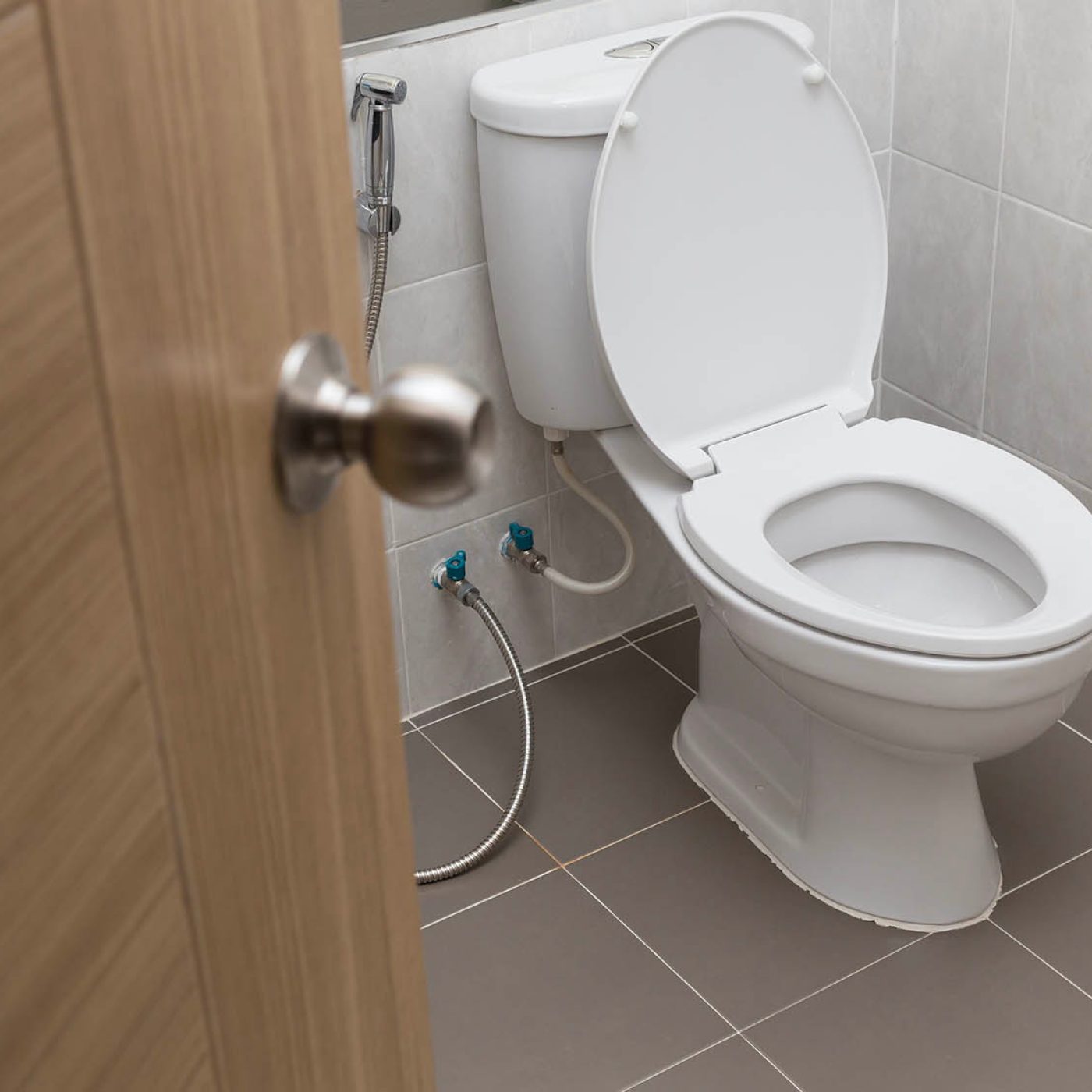
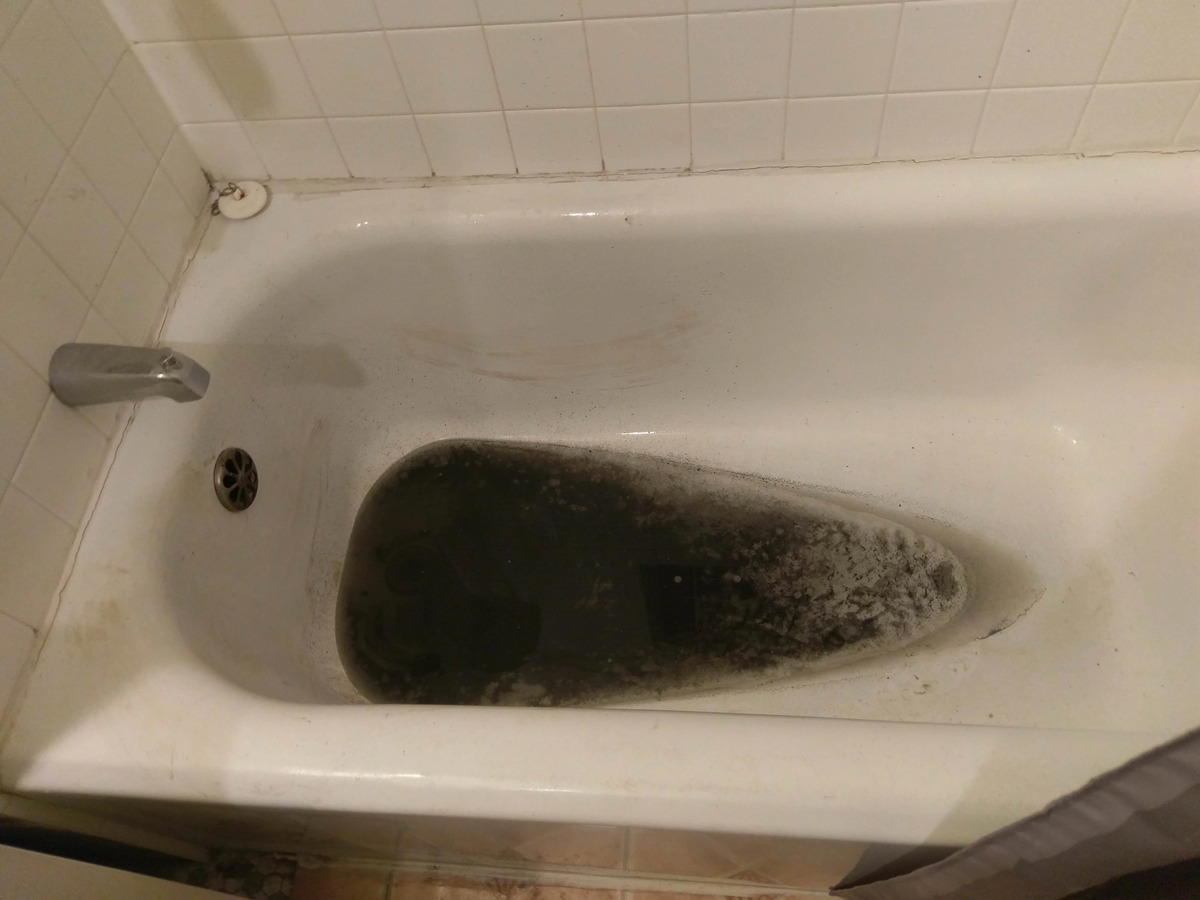
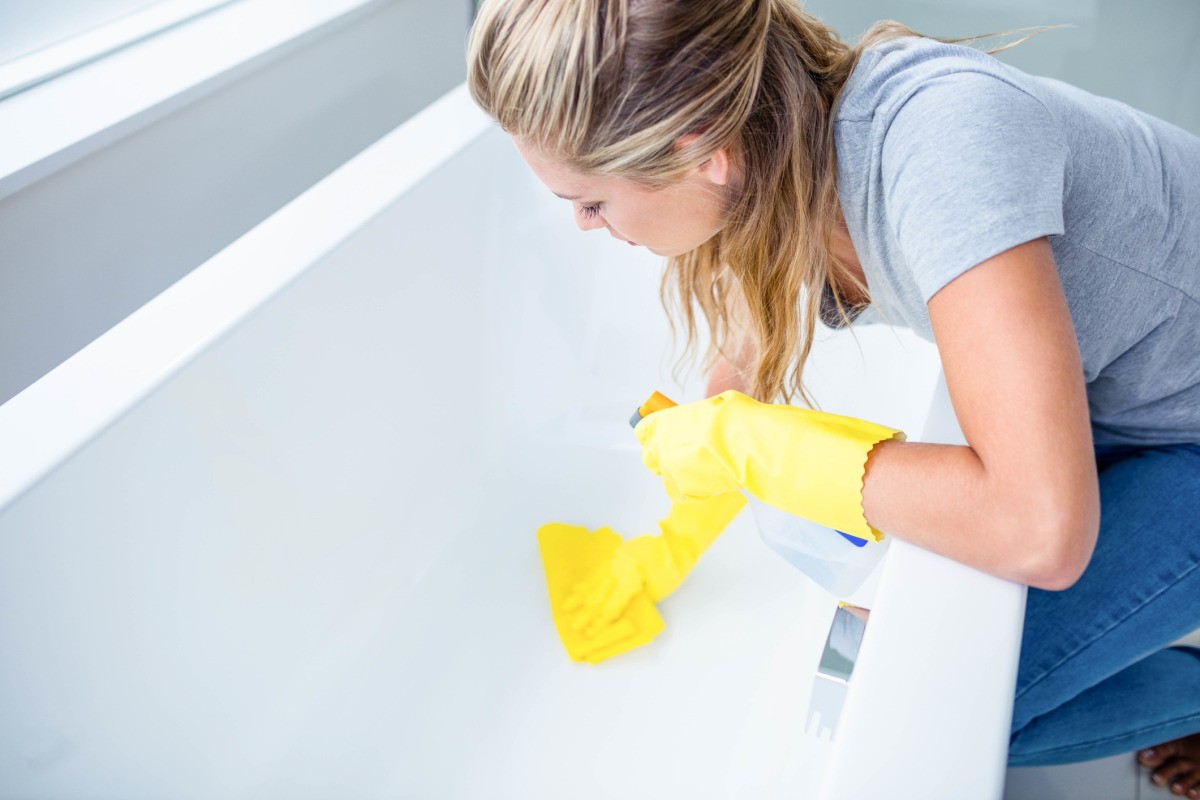
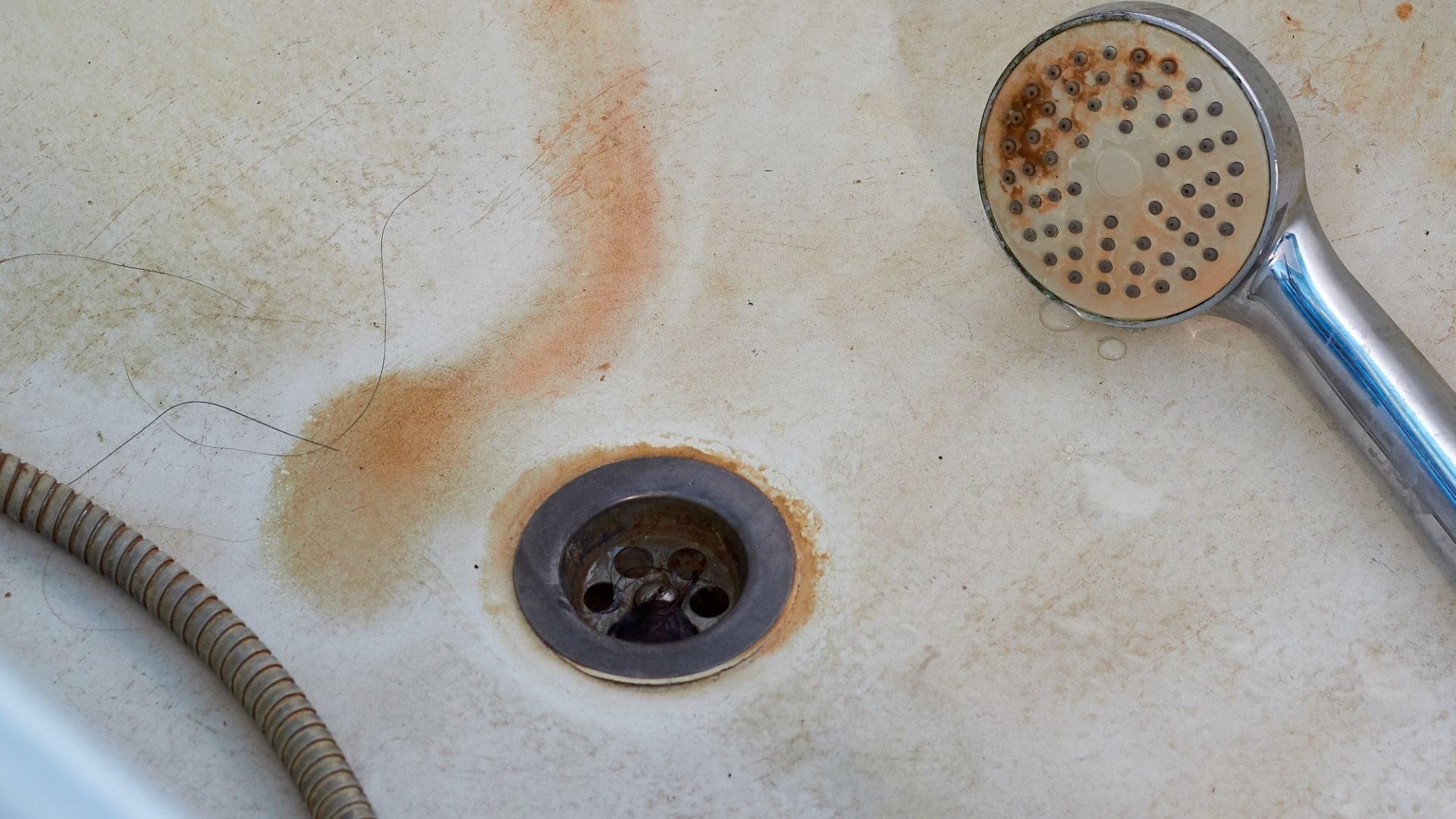
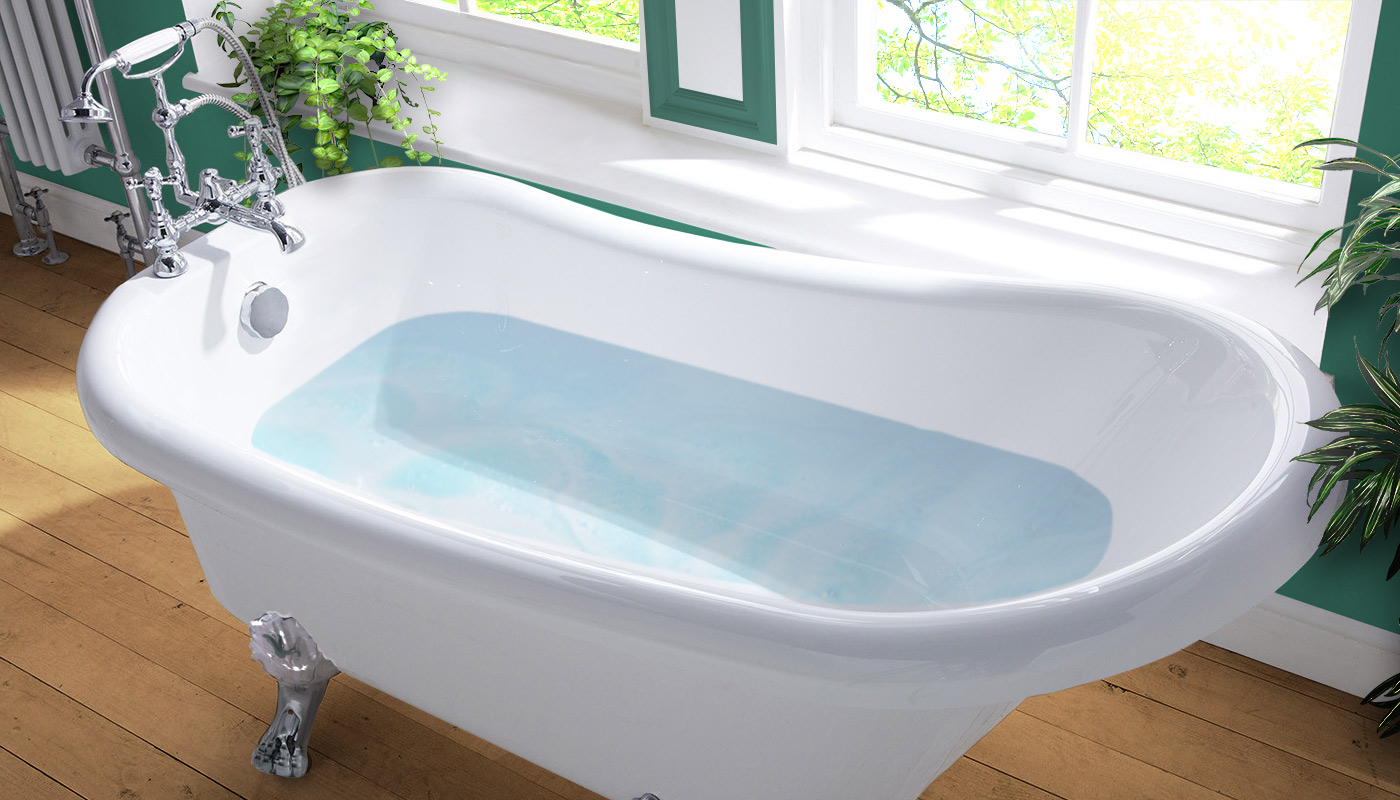
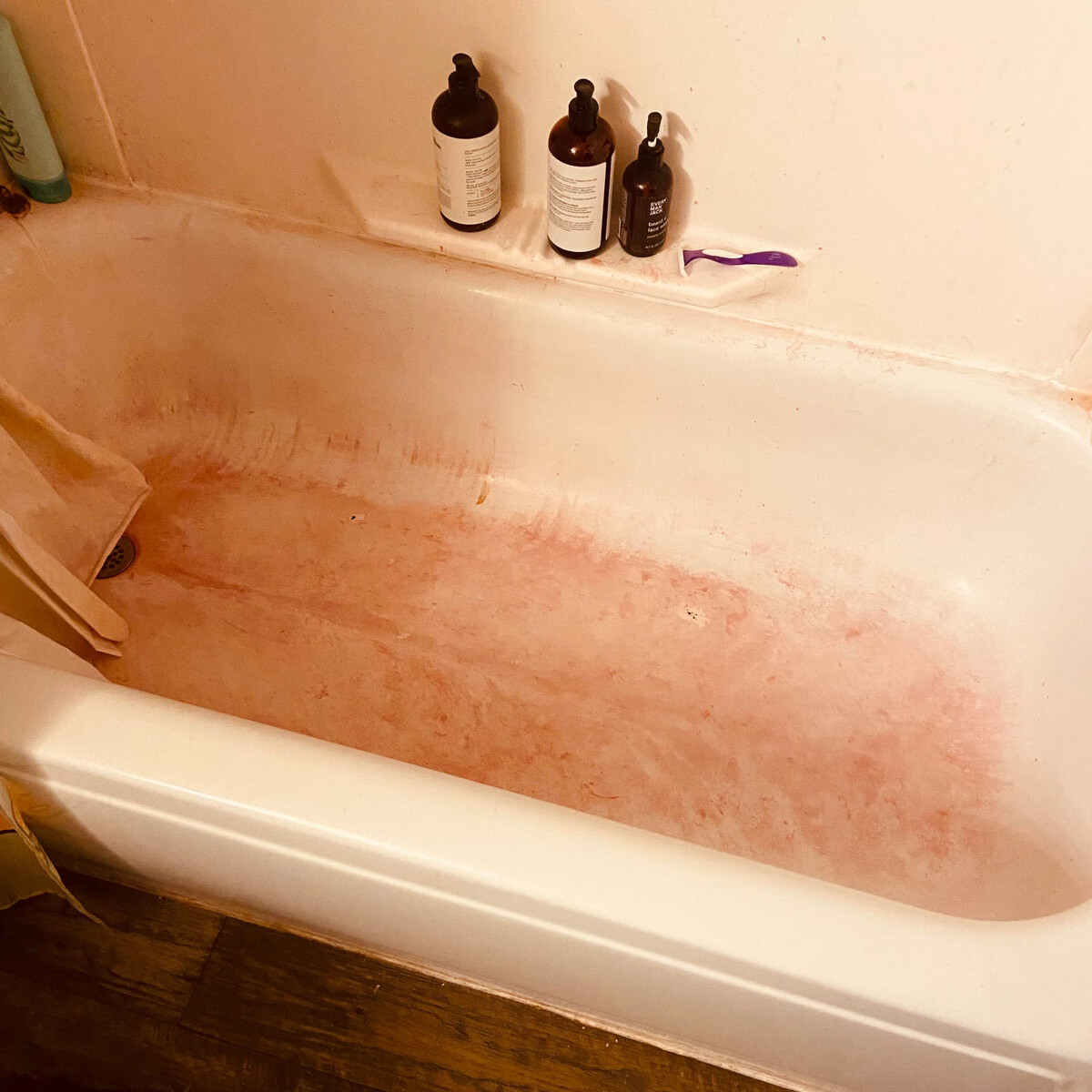

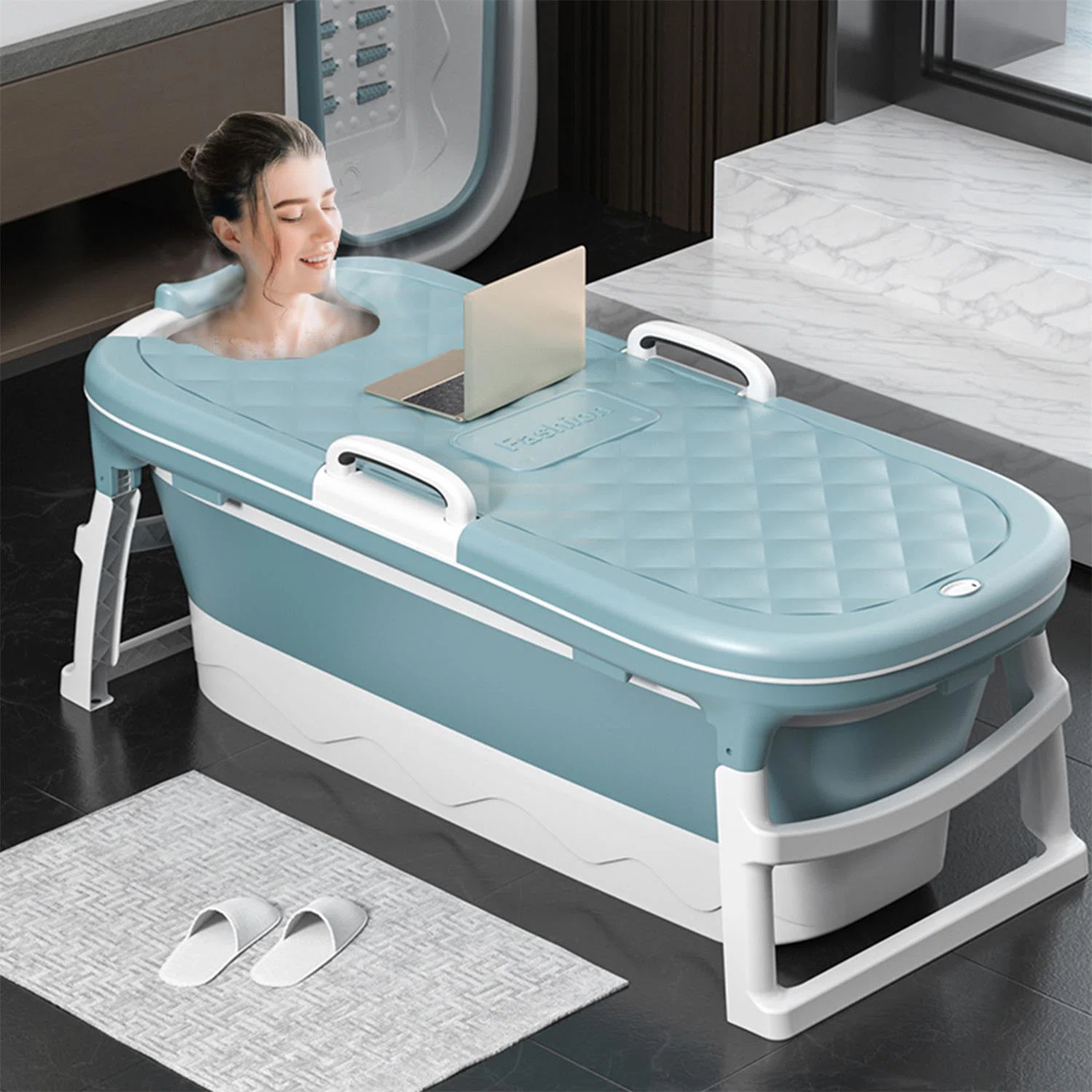
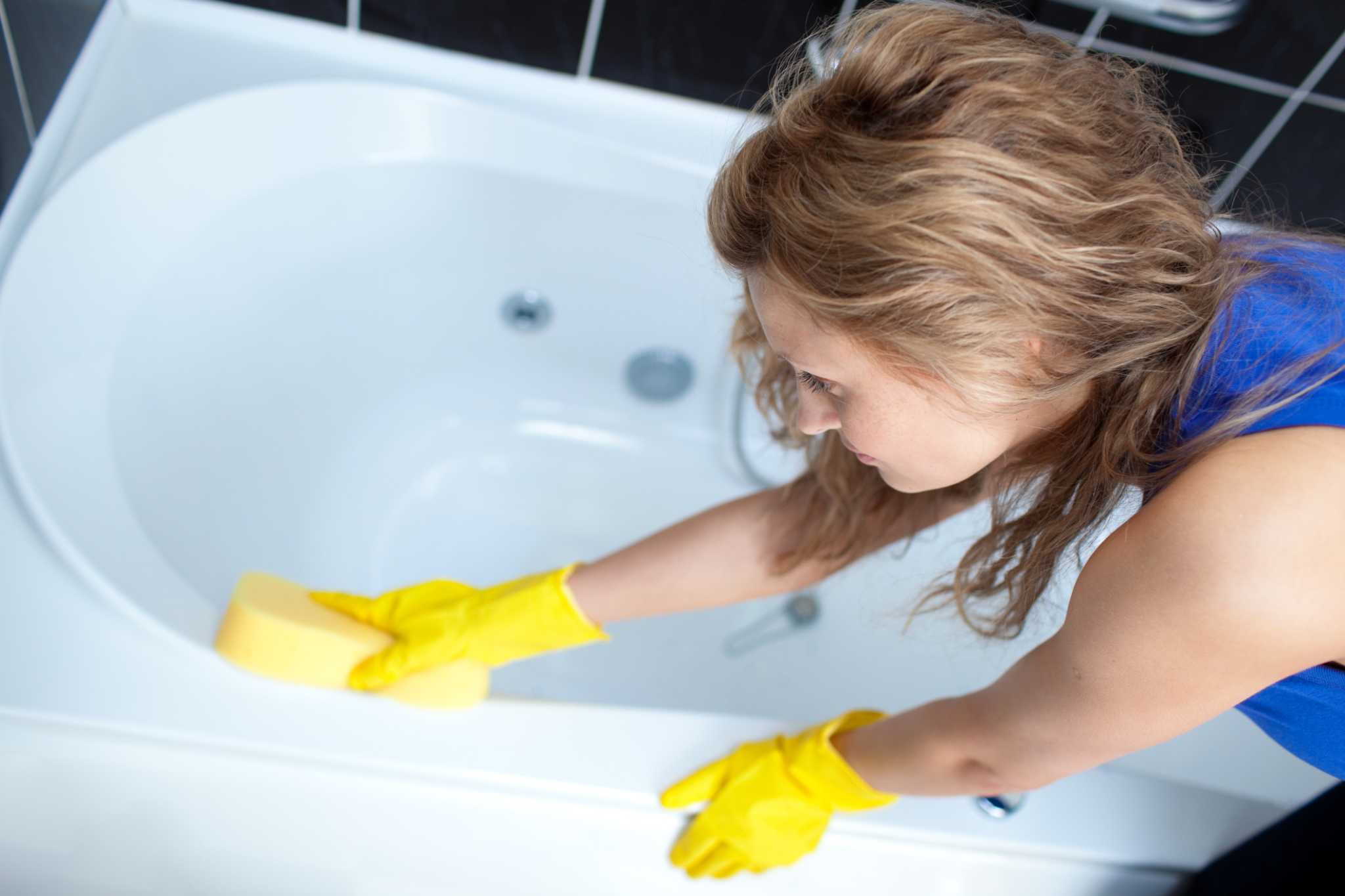
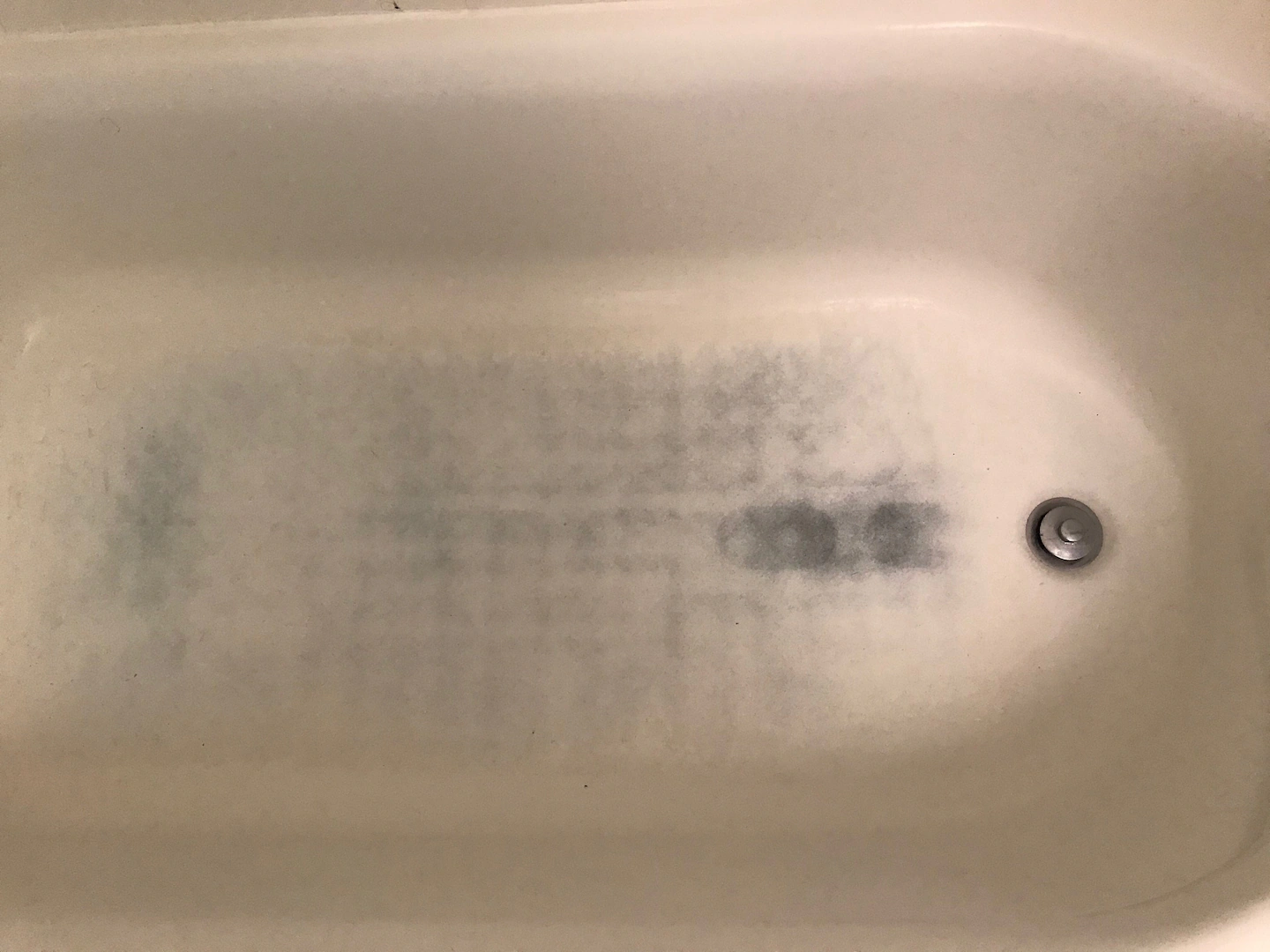

0 thoughts on “What Causes Black Stains In A Bathtub?”